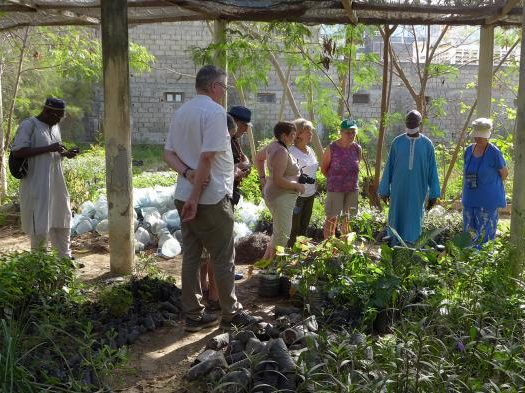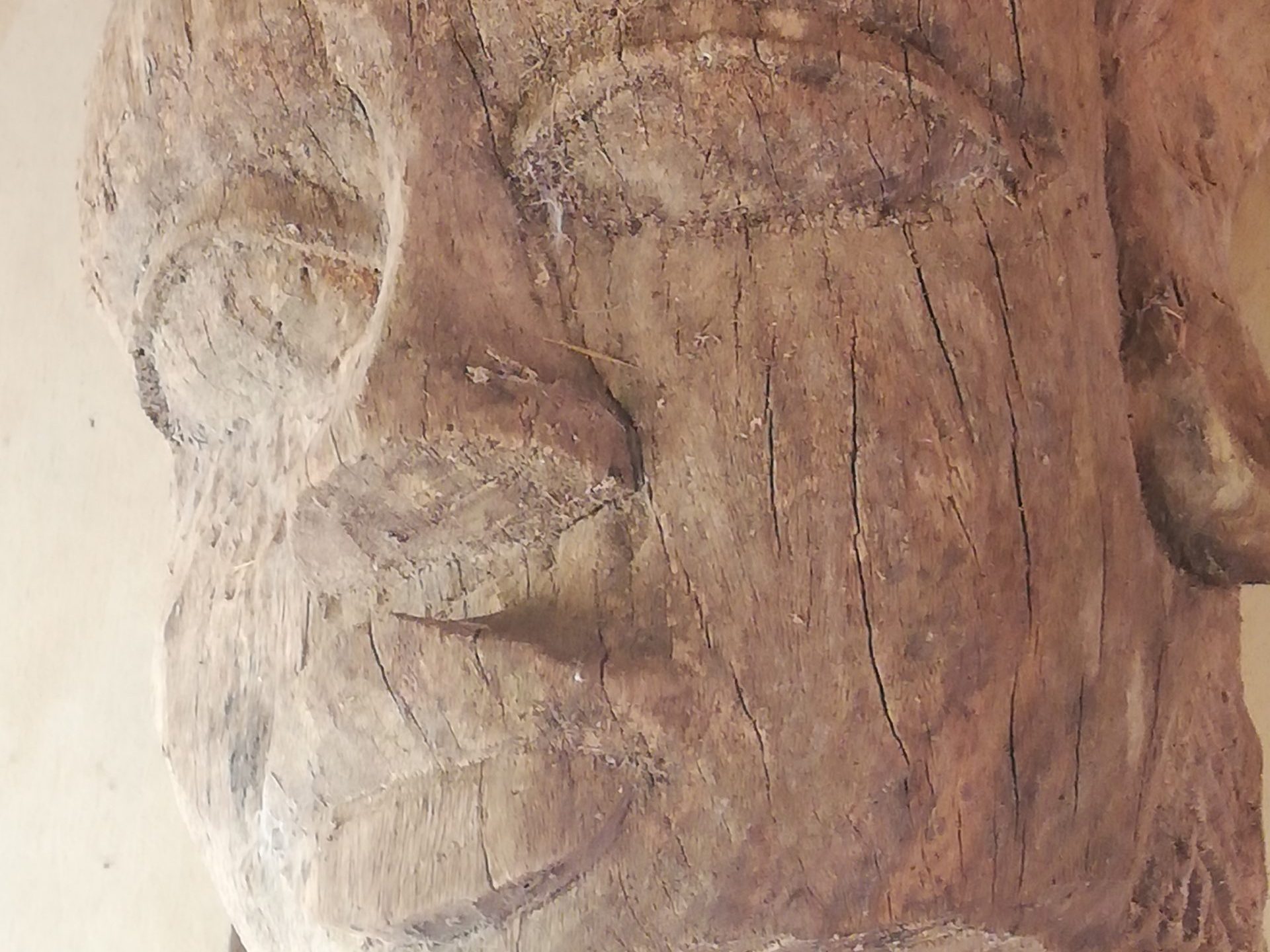January 2022
Four years after the implementation of the project “Trees for the Future“, in which more than 2,000 fruit trees were planted in the border region of Senegal and The Gambia, a small, internationally composed Naturefriends travel group visited the project region.

The biggest highlight of the trip for me were definitely the visits to the families in Janjanbureh (Gambia) and Koumbidja Socé (Senegal), in whose gardens the first tree plantings financed by the Climate Fund took place in 2018. In many places we could see mango trees already bearing fruit. Little lemon trees are also already setting fruit.
Ingeborg Pint, Tour Guide and NFI Africa Referent
Four years have passed since the official start of the first Naturefriends Climate Fund project took place during the kick-off event for the first African Landscape of the Year in the border region of Senegal and The Gambia with the first tree plantings.
After a far too long Corona-related travel break, our small group was looking forward to visiting the region. I was also very excited to see what had changed in the two years since my last trip and what was still there from the projects initiated four years ago.
The biggest highlight of the trip for me was definitely the visits to the families in Janjanbureh (Gambia) and Koumbidja Socé (Senegal), where the first tree plantings financed by the Climate Fund took place in their gardens in 2018. In many places, we could see mango trees already bearing fruit. Little lemon trees are also already setting fruit.
In Yorobelekunda (Gambia), the fruit trees planted during the 2020 international trip have already grown by a good one metre, depending on the soil conditions. Here, those responsible from the Naturefriends Gambia (Just Act) continue to visit the families twice a month and support them in caring for the trees.
Even if a few trees have not grown here and there (due to poorly suited soil, for example), the tree planting campaigns of Naturefriends are a success story.
Many women proudly showed us their farms and the various devices they have erected to protect the trees from browsing by grazing cattle. One family we were allowed to visit had even partitioned off a small section of the yard behind their living area so that the lemon tree planted in 2018 could flourish undisturbed.







